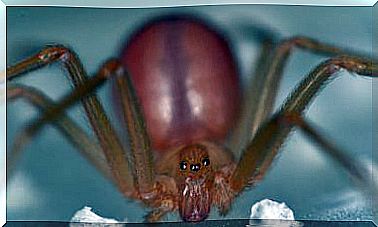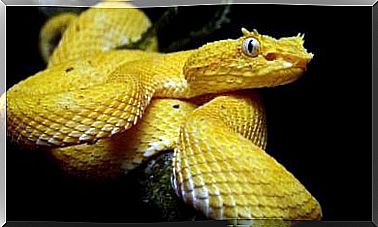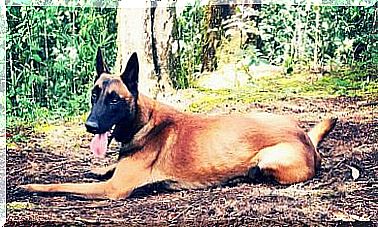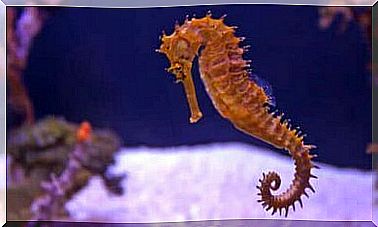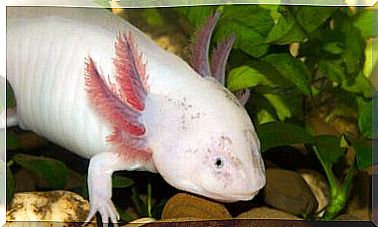Newts: Characteristics And Species
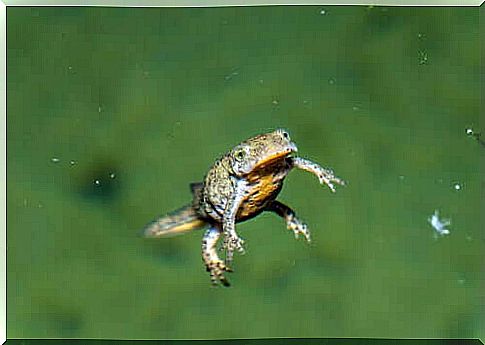
Newts are one of nature’s most curious amphibians. They are very similar to salamanders and are very fashionable as pets. However, while raising them at home sounds like a good idea, it is not advisable for the animal’s sake.
Their calm and relaxed nature makes them very curious and easy to hold, but the number of specimens in the wild decreases year after year, so it’s best to leave them where they are, no matter how beautiful and charming they are.
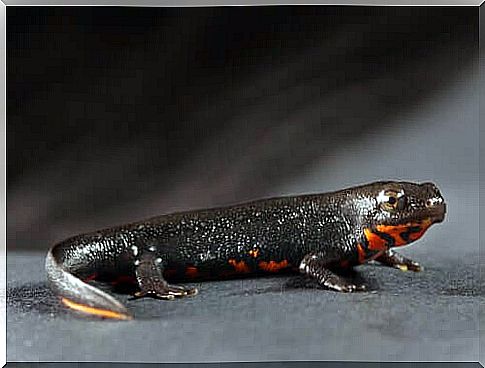
Characteristics
Its small size, always less than 20 centimeters in length, and its quiet temperament, make it easy prey for fish, birds, turtles and even frogs, not to mention how much it costs them to keep their eggs protected from all these rivals, which are deposited in or very close to water.
Females are larger than males and have mainly nocturnal habits. The elongated body and flat head make him a good swimmer, although he doesn’t have an interdigital webbing between his fingers to ease the task underwater.
Its tail, unlike what happens with lizards, is flat, which facilitates a quick movement in the water. They are your main swimming tool, as your feet are glued to your body to improve hydrodynamics.
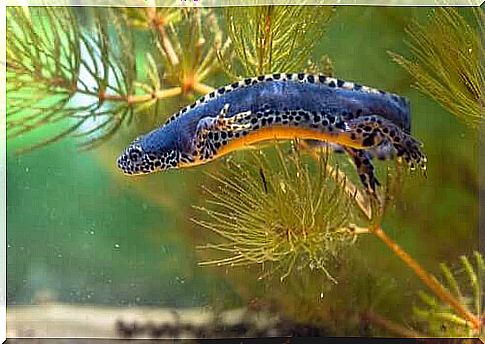
Newt species
The variety of this species makes it almost impossible to name each and every one of them, as the differences are many, even among the same family, depending on the habitat. Let’s look at some of the most important ones:
- Marbled Newt : it is the most common in Spain and can be found in almost all the provinces of the Iberian Peninsula. Its success comes from its ability to stay out of the water for a long time, allowing it to move from one wet area to another when the dry season arrives.
- Its green color with black dots makes it recognizable at first glance, although it camouflages very well among the vegetation. At about 6 inches long, it’s also one of the longest.
- Alpine newt : is one of the smallest newts, measuring between 6 and 12 centimeters. What stands out the most is its long tail, which makes it a fast swimmer. The color of its upper part is greyish, but on the belly it has a striking orange color that it uses to scare away predators. It is easy to find in most parts of Europe and is quite common in Spain.
- Crested newt : it is another of the most common newts in Spain, and its peculiarity is a beautiful crest that grows on males during mating. Its coloration is dark on the back and orange on the belly, and may be confused with alpine, although the crest is a little larger and the skin is rougher.
A few more species…
- Triton-alpestre: is another species that we can see in Spain. However, to find it, it is necessary to climb up to 2500 meters above sea level, where the alpine begins to feel more comfortable. It is greenish-gray in color and also has an orange underside to deceive its predators with a venomous appearance. It is about four inches long and spends most of the day in the water.
- Red-spotted newt : comes from North America. This newt is the only one on the list that has venom glands and likes to live in wild areas with still water, such as lakes or ponds. It measures between 6 and 11 centimeters in length and has the particularity of radically changing its appearance during life, changing from orange when young to yellow with red spots in adulthood.
